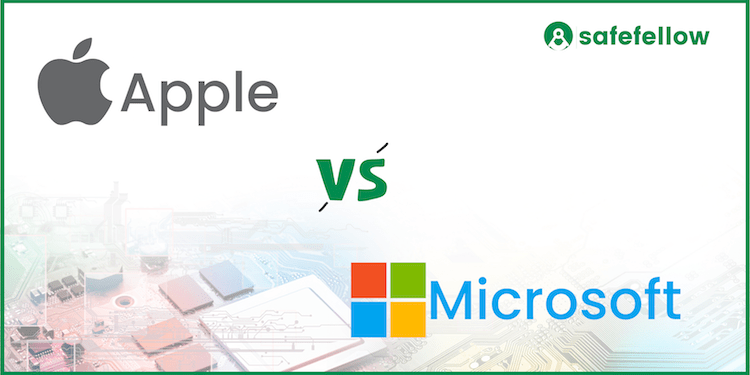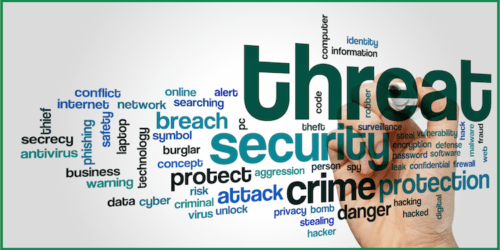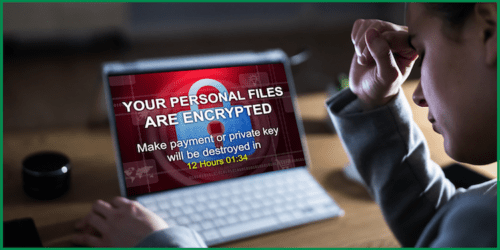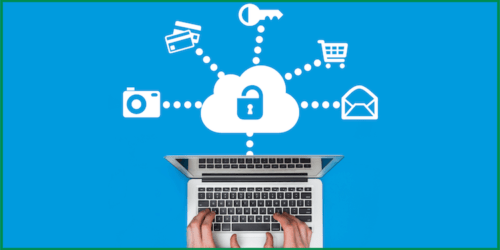This article discusses the technological differences and comparisons between Apple and Microsoft technology.
Organizations compete to keep their customers’ and users’ secure and safe data and information.
Microsoft Corp. and Apple Computer Inc. have proven themselves as significant competitors against each other over the last decades.
Apple has earned a reputation for being more secure and safe through its hardware and software technology compared to Microsoft.
Reliability is one of the critical features of purchasing any large-scale technology.
Cybersecurity is high on priorities for desktop computers, laptop computers, and other communication devices.
The level of security always depends on the version running on the Mac Operating System and Windows Operating systems.
Apple iOS has been considered secure and safe for a long time compared to Microsoft.
The basic terminology behind Apple security is that it doesn’t release its source code to Application developers. iPads and iPhone owners cannot modify the code on personal devices.
MAC OS VS MICROSOFT WINDOWS
Every communication device connected to the internet or any other network is hackable in cyberspace.
Mostly the end-users use these operating systems to browse their queries or remotely work.
Apple Mac OS has a relative rate, as noted by its lower market shares.
However, Apple devices’ growth and increased relevance may leave it open to a shift in attack rates.
Microsoft Windows has a high frequency of cyber-attacks, primarily due to its domain market shares in the digital industry.
In comparison, Microsoft continues to improve the security of its operating system. Still, its harvesting and tracking are a matter of great concern.
It is a well-known and brutal truth that all operating systems primarily target windows because of their base size.
Both operating systems offer book-up protections to ensure the device’s and operating system’s security.
The most common and essential threats are malware attacks in cyberspace. Malware can destroy data and information, as well as hardware.
The latest and most advanced malware attacks can affect and exploit the communication device’s information.
MALWARE AND DATA PROTECTION
Microsoft’s latest Operating System, Windows 10, comes with a free built-in antivirus suite that detects commodity malware compared to Apple’s Application Security technologies.
Mac OS is more reliable when protecting the system from malware and rootkits that try to modify or replace the core system utilities. Mac OS System Integrity Protection prevents root users from changing things to protect them from certain malware behaviors.
Windows also has trusted and secured root users to protect the system, but it is not as strong as Mac OS.
Mac OS and Windows both have sandbox apps installed from their app stores. These Sandboxes provide a closed environment executing processes that protect the rest of the computer from untrusted processes by effectively preventing the process from writing and reading other files.
Data is secure and safer in Mac OS than in windows 10. The truth is that Mac OS Security features like XProtect, Gatekeeper, and MRT are not easily hackable.
By default, data tracking should be disabled in both operating systems. Both tech giants must take more steps to protect users’ data, information, and privacy.
SAFARI VS EDGE/WINDOWS
Apple has a more secure browser called Safari than Microsoft edge or the manually installed chrome on the windows operating system. Safari tends to share fewer user data with third parties.
Bottomline
Both operating systems have many strategies to keep their systems secure and safe from unauthorized access. Neither Operating System is perfect when it comes to information security.
Mac OS and Windows have experienced different attacks and other security breaches. It is tough and challenging to say which operating system is more secure, having unhackable strategies.
Every operating system has its vulnerabilities, and every network likely contains a mixture of operating systems and a mixture of bugs.
Today, businesses need an operating system with security features, integrated security software solutions, and dedicated employees for cybersecurity best practices.
Whatever operating system you choose, applying and enabling existing security features is essential as soon as security updates become available.
Do you enjoy this reading? Kindly share with family, friends, and colleagues. Thanks 🙂



